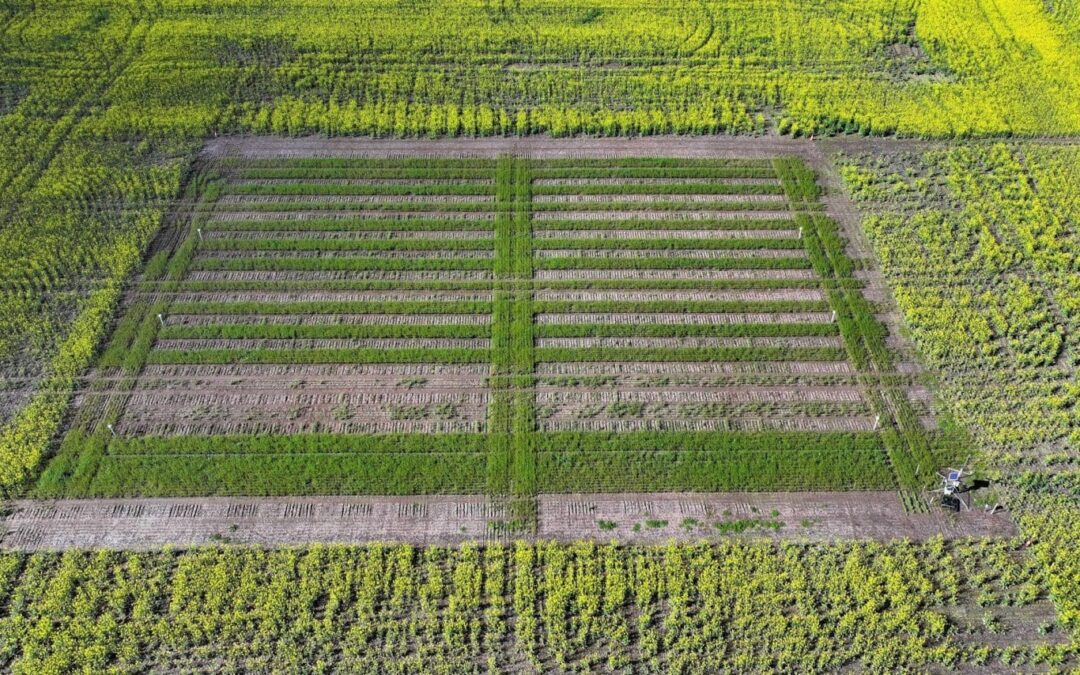SCIENTISTS have embarked on the next phase of research to give grain growers better access to chilling tolerant chickpea varieties and extend the footprint to grow the crop in Australia.
The Department of Primary Industries and Regional Development is delivering the research, in conjunction with CSIRO and Agriculture Victoria.
The pre-breeding research project has investment from the Grains Research and Development Corporation.
A project update will be delivered at the upcoming Dale Research Field Day on October 11.
Chickpea is an expanding crop in Australia, becoming increasingly valuable to the grains industry and providing rotational benefits to the farming system.
DPIRD research scientist Amanuel Bekuma said production was currently constrained to warmer northern areas, due to the crop’s susceptibility to damage from cold temperatures particularly during reproductive stages.
“Chickpea was reported to be particularly sensitive to cool temperatures, with poor seedling growth during winter and abortion of flowers and pods when mean daily temperatures are below 15°C,” Dr Bekuma said.
“Improved chilling tolerance at flowering is required to better adapt the crop to cooler southern and western regions.
“There is very little tolerance in the primary gene pool of domesticated chickpea, however recent collection of chickpea wild species has uncovered a broad, previously unavailable genetic diversity which we hope to exploit.”
More than 370 chickpea lines from crosses between adapted cultivars and wild relatives from as far as Turkey, were recently screened at the Dale research site near Beverley, with the initial promising results prompting an extension of the research project to the end of 2026.
“This work aims to fast track the delivery of improved chilling tolerance chickpeas for Australian growers.
“Our first output is to identify improved chickpea germplasm that possess chilling tolerance and validate these in multi-environment field trials, for the Australian chickpea breeding programs to develop improved chickpea varieties.
“A longer-term aim is to develop reliable, cost effective and high throughput screening methods to discriminate chickpea lines with differences in chilling tolerance making it easier for breeding programs to select from segregating populations lines with improved chilling tolerance.
“Finally, we hope to have diagnostic molecular markers based on functional genes for chilling tolerance followed by validation and distribution to Australian chickpea breeding programs.”
The Dale Research Field Walk will also feature presentations on enhancing frost tolerance of wheat, barley and canola through the control of ice-nucleating bacteria and using techniques to change crop phenology.
Fuente: Graincentral

